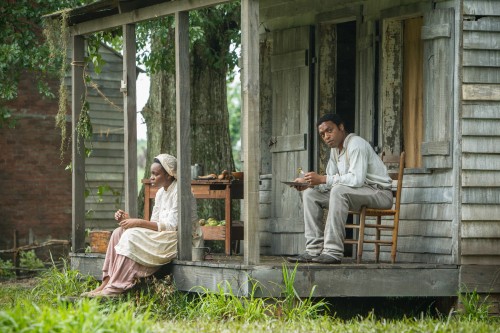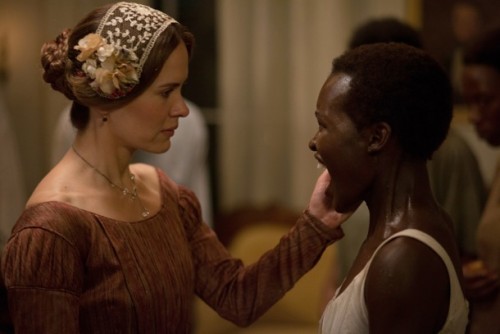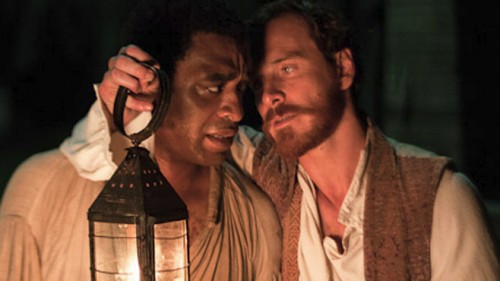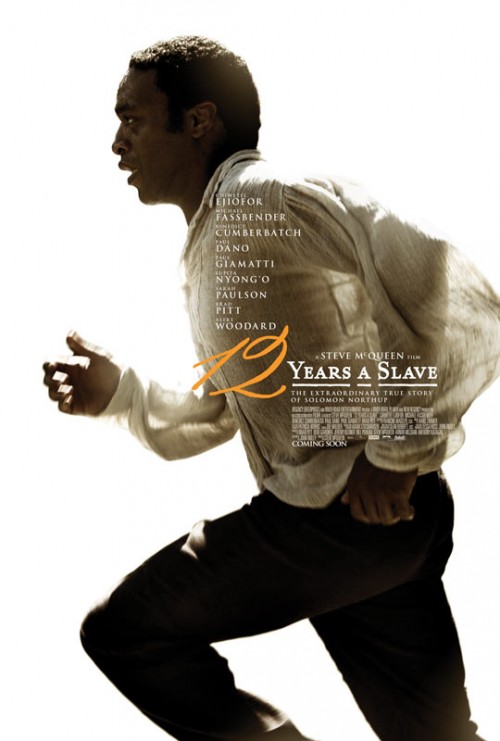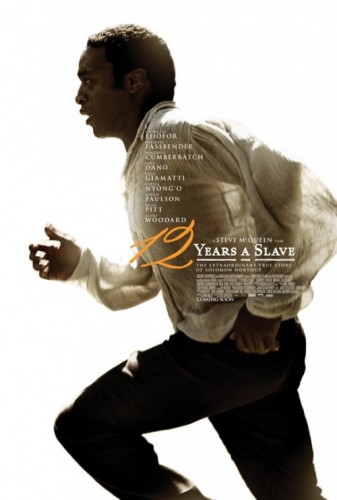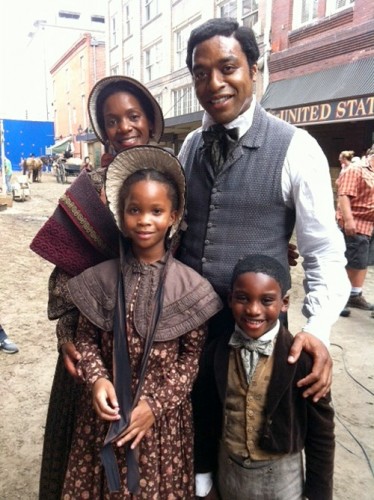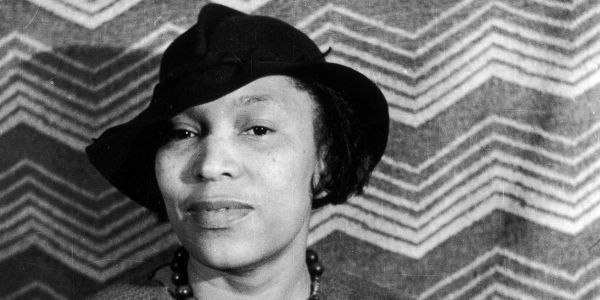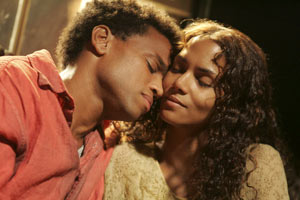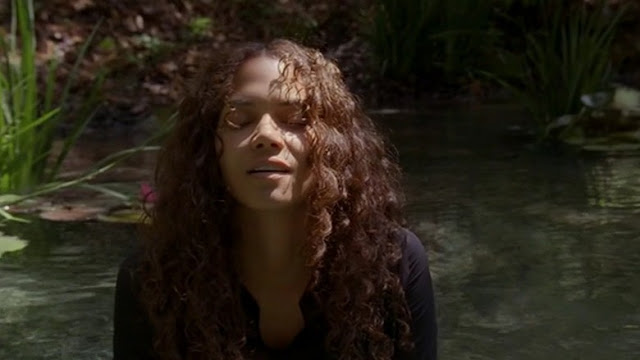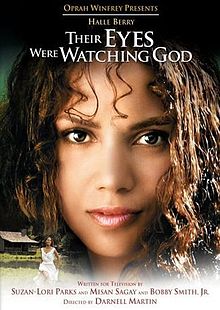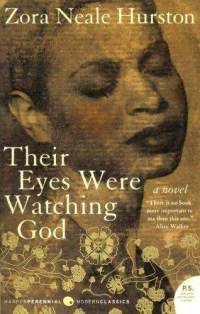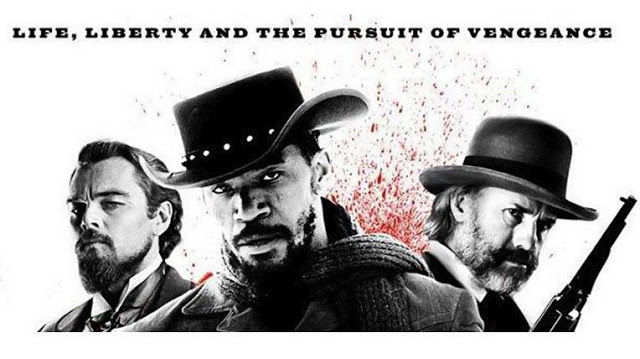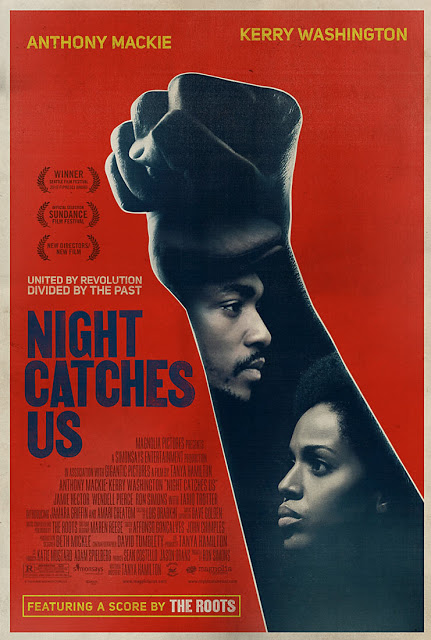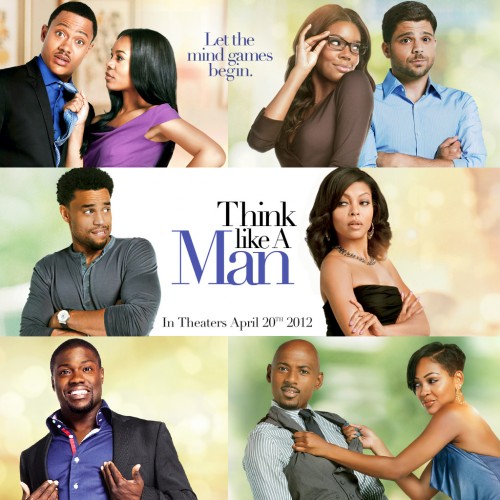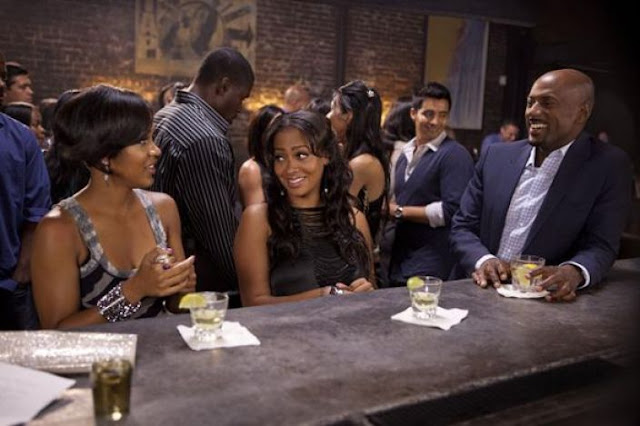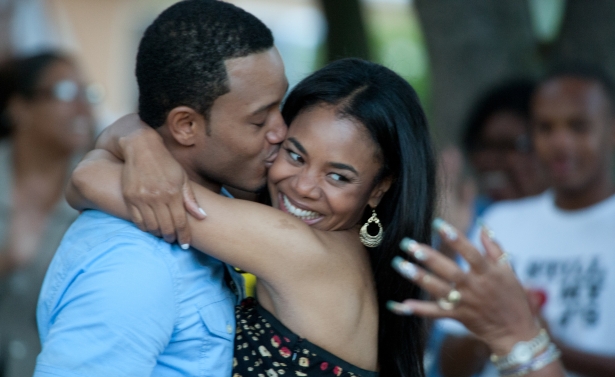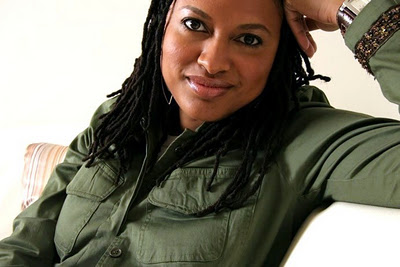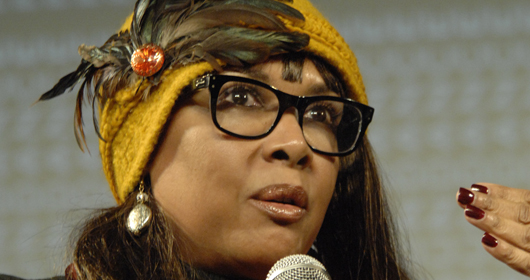This is a guest post by Ashley Ellis.
When I was asked, “Who are you as a female filmmaker?” I immediately made a mental note. I’m a black, female filmmaker. I was reminded of the following quote from Gloria Anzaldúa: “A woman-of-color who writes poetry or paints or dances or makes movies knows that there is no escape from race or gender when she is writing or painting. She can’t take off her color or sex and leave them at the door of her study or studio. Nor can she leave behind her history. Art is about identity, among other things, and her creativity is political.”
This resonates with me, especially when “political” is used in the broadest sense of the word. Respected artists aren’t afraid to present their point of view. A strong point of view comes directly from an innate sense of self. And when that self is part of a small minority in its space, suddenly what that self has to say can literally or figuratively, in the real world or in art, speak for many voiceless people. In other words, it becomes political. It’s no wonder that I was invited to write this post because of the Seed & Spark campaign for a film I directed, Fixed, which is about a black, closeted homosexual who commits suicide (spoiler alert!).
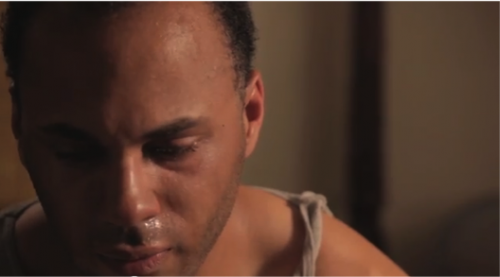
I don’t want every film I make to focus on a hot topic social issue, but every step forward in my very young career has been made by embracing being black and being a woman, and attempting to be in the film industry, which could be viewed as a negative, a disadvantage, a challenge, or anything otherwise BAD. I have examples:
Having a High-Pitched Voice and “Soft” Presence
Sometimes, speech determines how seriously people take you. I’ve become more aware of my voice, but I remember interviewing Georges Michel, Haiti’s Jack of All Expertise, for a documentary I was making after the quake. We sat down, and completely unaware of my voice, I asked him to introduce himself. He did, and then said that he’d be willing to answer any questions that I had. He had no doubt that I was coming from genuine place. The same applied when I interviewed two HIV positive women in Botswana who had lost young children to complications from the AIDS virus. They recounted the last moments of their baby’s lives. As we cried together, I knew that I was in a unique position to capture their stories. I’d made them comfortable enough to open up.
Literally Standing Out
Being one of the few people who looks like me on set or in the screening or at the event isn’t any different from being one of the only in my childhood community, classes, or teams. I’ve had plenty of time to get comfortable with it. We need more representations of women of color in Hollywood – of course – but I could dwell in a pool of sorrow or capitalize on a point of connection and conversation with people who may otherwise not have noticed me. I often have the least forgettable face.
Being What Could Be Called a Chronic 2nd Guesser
I stopped myself on set once, because I kept asking the Director of Photography what he thought whenever I could. It felt like a bad thing. The director should know what (s)he wants! But then I thought, “Actually, I do!” And as long as my opinion and thoughts are expressed there’s no good reason why I shouldn’t ask the rest of my team for their knowledgeable input. Filmmaking is collaborative, and being a leader is about being diplomatic. So, I’m OK with the too-often-attributed-as-feminine-and-bad trait.
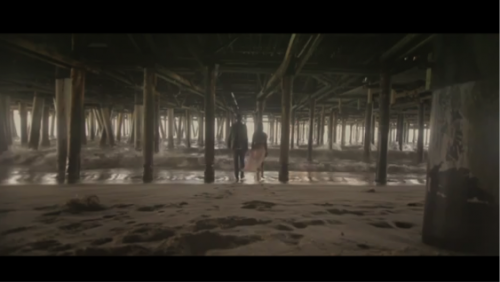
Being a Part of a Teeny Tiny Community
There’s certainly strength in numbers, but there’s also strength in small groups that truly come together. Part of the magic that happens on film sets is that people develop inextricable bonds, but couple that environment with the well -known truth that black filmmakers and actors are still struggling for space in Hollywood, and it’s easy to make friends ready to go on the warpath with you. This was apparent when we made Fixed, which was written, directed, and produced by ladies and had a long list of talented black actors, many of whom didn’t need to sign on to a low budget short film but saw the vision and importance of it.
I could go on… Like the time when my friend James told me that I was the silliest director he’d ever worked with while on the set of MoRemi’s music video for “Femi.” It was her first time making a video. There was no reason that we shouldn’t have been having fun. It wasn’t until James added that I was a welcome reprieve from the stern faced male directors he knew that I understood it was a compliment. Yet best of all, I’ve been blessed with amazing mentors like Adrienne Miller, Priscilla Cohen, Anne-Marie Mackay, Stewart Stern… Coleman Hough, all of whom have taken the time to help me develop my mind and voice, because they all believe that diversity in cinema means better cinema. So, who I am as a filmmaker is one who looks on the bright side. I’ve never truly felt limited. Two of my first cinematic influences, my mother and my grandmother, celebrated Disney films and romcoms, yes, but I went to the theater at least four times as a little girl with my mom so that she wouldn’t have to see Casino alone. My grandma would deal with my childhood nightmares post The Exorcist faster than she would sit through Cinderella. I suppose if I grew up watching everything imaginable that represents good cinema, it’s easy for me to believe that I can make anything imaginable and be a good filmmaker, while being black and being a woman.
Ashley Ellis is a writer and filmmaker in Los Angeles and founded the collective Emerald City Arts.
